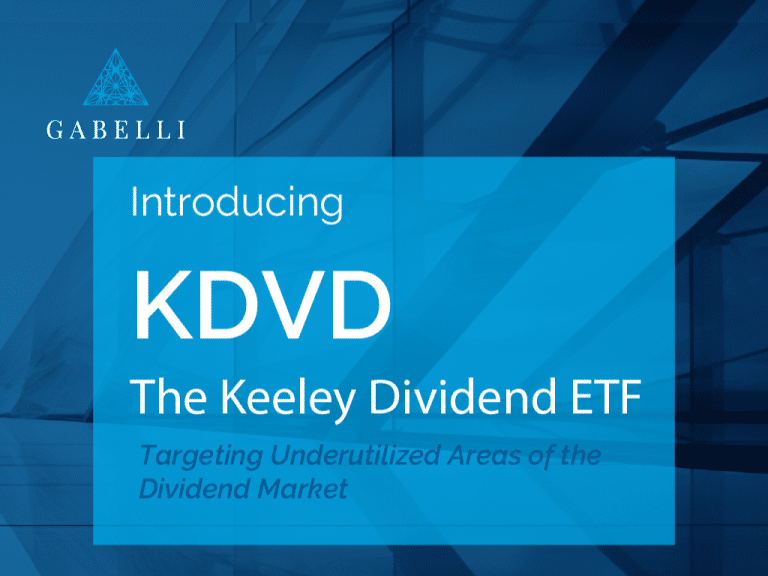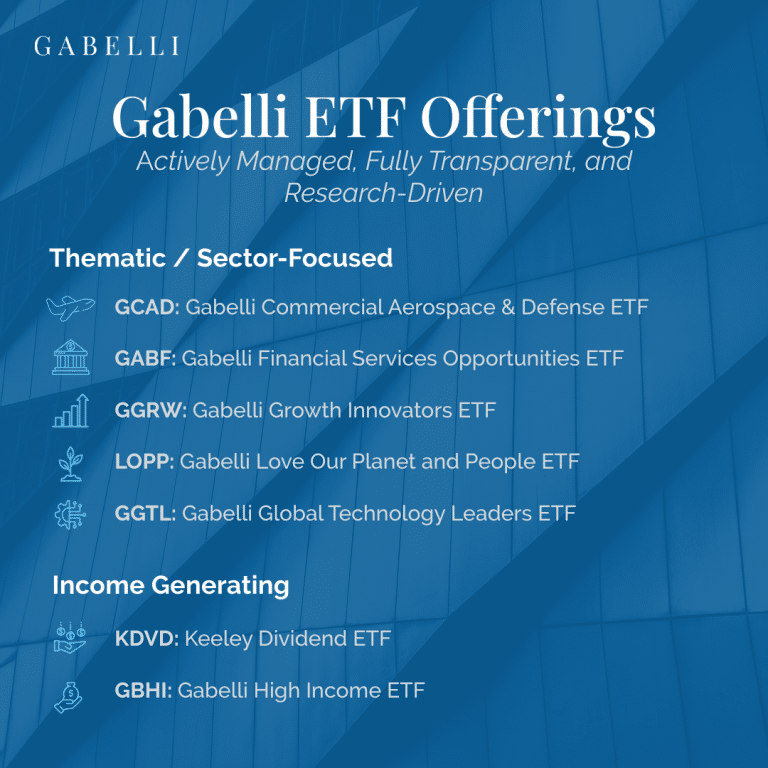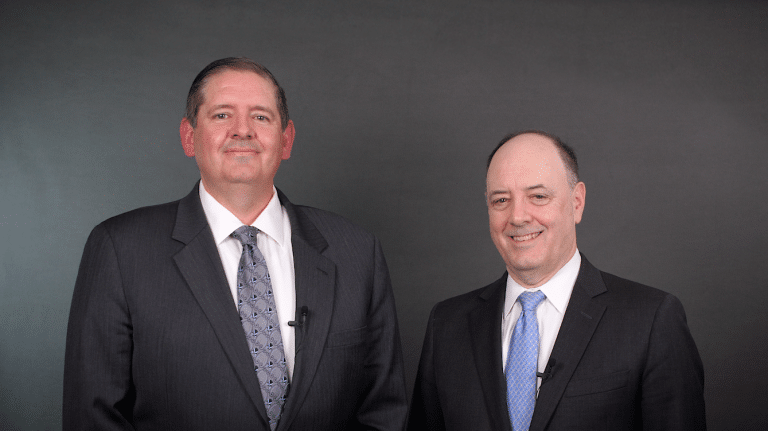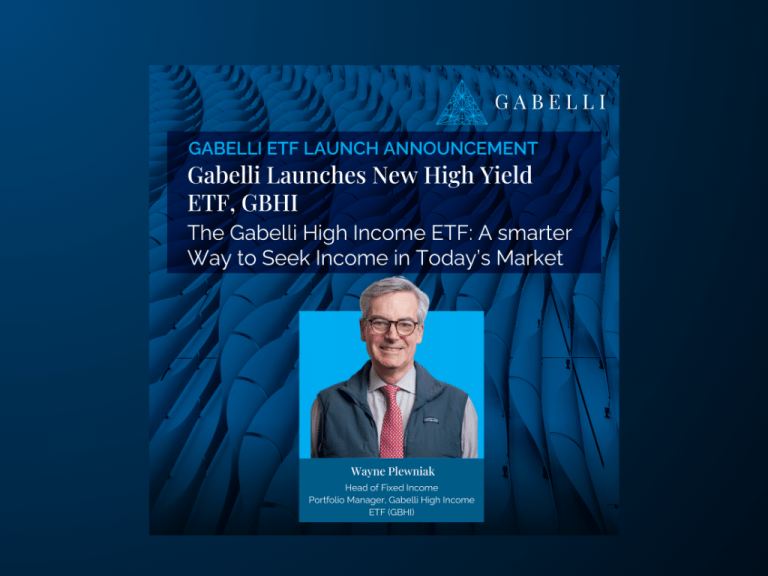To Our Valued Clients,
In what may be a sign of heady times, an ordinary banana duct-taped to a wall and billed as art, sold at auction in November for $6.2 million. The work, entitled “Comedian”, served as a critique of the art world, but could have just as easily worked as commentary on any eye-of-the-beholder asset. Appropriately enough, the fruit buyer was a Chinese-born entrepreneur who presumably benefitted from one of those assets – bitcoin – rising 120% to end the year at $94,000.
Fear and greed uniquely worked in tandem to power the worldwide value of crypto coins past $3 trillion, as the desire by some buyers to store wealth outside the traditional financial system reinforced the price for others simply riding upward momentum. These waves of fear and greed are often said to dictate short-term stock prices. In 2024, greed won out with the S&P 500 up 25%. In some corners, fear for democratic norms and the state of trade policy accompanied the election of Donald Trump, but the market’s rally signified offsetting enthusiasm for less regulation, lower taxes and a more assertive posture to revive American growth. Similarly, artificial intelligence – a key market theme for the year – may stir concern for corporate and employee dislocations, but that did not get in the way of a scramble to invest in anything AI-related.
For the most part, the stock market climbed a wall of worry regarding inflation and growth in 2024. The S&P and NASDAQ touched all-time highs but also left nearly all-time gaps in the valuations of small vs. large and growth vs. value stocks. Berkshire Hathaway, a bellwether for the US economy, performed well, but its architect Warren Buffett accumulated a record cash hoard of over $300 billion. Plenty of contradictions and a good deal of fear and greed remain in today’s market. With a change in government and a full plate of geopolitical dynamics, 2025 will be especially eventful. We habitually seek to balance risk and reward in portfolios. While perhaps too conservative last year, a tilt toward stable, cash-generative businesses with pricing power seems appropriate given present circumstances.
The “Punk Rock Goldilocks” Economy
It may be difficult to believe, but the world is now five years removed from the start of the COVID-19 pandemic. Although still circulating, concerns about the lethality of the virus have faded along with the inflationary impact triggered by its supply chain disruptions and the stimulative response of governments around the world. At last reading US inflation was 2.75%, well below the 2022/23 averages of 8.3%/4.1%, but lingering above the Federal Reserve’s comfort zone. The Fed Funds Rate’s march from the zero-bound to a high of 5.5% (now 4.25-4.50%) has apparently done little to curtail GDP growth (last 3.1%) or employment (unemployment rate of 4.2% vs 3.9% one year ago). This stands in stark contrast to history where nine of the last twelve Fed tightening cycles resulted in recession. With data indicating a potentially higher theoretical neutral or R* rate (i.e. the interest rate that neither contracts nor expands the economy), the Fed has pivoted to fewer rate cuts in 2025.
Might we be entering another era of growth and inflation, neither too hot nor too cold? Possibly, but this iteration might look quite different than the Goldilocks period of the late 2010s. Around the world, globalism is being replaced by nationalism, a preference for capital and intellectual property is giving way to labor and hard assets and questions about the impact of climate and technological change abound. Americans voted to disrupt entrenched patterns on November 5th and that they may receive. For all the uncertainty about how the next President might govern, Trump 1.0 presented a fairly detailed blueprint: ask for the world but ultimately compromise. That will have to be the case as Congress gets down to the serious business of addressing our $2 trillion annual budget deficit and $35 trillion national debt while extending many of the tax cuts from the Tax Cuts and Jobs Act of 2017. Will greed for power lead Republicans to overstep in 2025 only to be turned about by a potentially reinvigorated Democratic Party in 2026? Would the benefits to the economy be worth it? Again, maybe.
Observations gathered from conversations with management suggest a slow but not recessionary US economy and a tired but remarkably resilient consumer. In our view, the biggest risk to the economy (outside of geopolitical shocks) is a resurgence of inflation. On that front, we expect to witness a battle between the disinflationary forces of deregulation and government cost efficiencies (think DOGE) and the inflationary forces of tariffs, tax cuts and deportation. It will remain difficult to get Goldilocks’ soup “just right.”
Mr. Market
Price x Earnings
US equity markets performed well in 2024. The broad S&P 500 index rose 25% as earnings grew an estimated 9% and its forward P/E multiple expanded three turns to 22x, below historic extremes but certainly not cheap on an aggregate basis.

A handful of stocks again drove returns with the Magnificent 7 comprising 33% of the S&P’s weighting while accounting for 14 points or 53% of its return. We’ve discussed this unusual market structure many times in the past, rationalizing the dominance of these companies as safe havens with generally excellent business models, fortress balance sheets and secular tailwinds. However, as confidence in a soft landing grew and the valuation disparity between the haves and have-nots became unsustainable, we saw a rotation into smaller and older economy stocks mid-year. The election of Donald Trump supercharged this shift until a recent rebound in the Mag 7. Investors might find sanctuary in the Alphabets and Metas of the world during a trade war, but the world is shifting. How will the nation state companies react to an increase in populist-infused regulatory oversight, deglobalization, new technologies like AI and the immutable law of large numbers? None of this is to suggest the Mag 7 are endangered; it does mean repeating the feats of the last decade will be very difficult to replicate which, given the sway of the mega-caps, could spell trouble for the broader market. While we’ve always harbored a soft spot for the unknown, the small and the unloved, we think small cap’s generally lower exposure to trade wars and dollar strength and greater exposure to domestic deregulation and investment make it an opportune time to pursue that predilection.
Your Portfolio
Resilient economic activity and lower short-term rates gave a particular lift to cyclically exposed holdings in the financial and industrial sectors. After the shock of higher rates nearly triggered a meltdown in the banking system in March 2023, holdings of money-centers such as J.P. Morgan (+41%) and trust banks such as Bank of New York (+54%) rebounded strongly. American Express (+64%) was another financial standout as it reaped the benefits of years of investment in its leading technology and premium brand. Aerospace suppliers including Crane Co. (+29%) fared better than Boeing (-30%) in part due to a consolidating wave that swept up Kaman Corp. (+92%) during the year. UScellular (+42%) made good on the strategic review that nearly doubled the stock when announced in 2023 by agreeing to sell its wireless customers to T-Mobile and portions of spectrum to Verizon and AT&T; additional upside remains as it harvests its tower and spectrum portfolios. Takeover target and Post spin-off BellRing Brands (+36%) bucked sluggishness in the food industry with its focus on protein-rich shakes and powders. Finally, a basket of industrial companies including Mueller Industries (+68%), Modine Manufacturing (+94%) and Johnson Controls (+37%) benefitted from the infrastructure, data center and power generation themes discussed below.
Historically we have not emphasized the energy sector due to its commoditized nature; in some years that has helped and in others hurt returns. Stagnant oil prices negatively impacted service providers Halliburton (-23%) and Schlumberger (-24%) and exploration and production companies like Occidental Petroleum (-16%), ConocoPhillips (-12%) and APA Corp. (-38%). At this point the prospects for gas appear stronger than for oil, especially under the Trump administration, but in times of inflation, oil can serve as a valuable hedge. A mismatch of supply and demand hit auto and industrial parts supplier Genuine Parts Co. (-13%) though DIY-focused O’Reilly Automotive (+25%) navigated the situation much better. Last year was another challenging one for media companies contending with changes in consumer behavior, but it ended with the tantalizing prospect of consolidation as Comcast (-12%) and Warner Bros. Discovery (-7%) each hinted at potential financial engineering. Spanish-language media leader Grupo Televisa received an unfortunate second blow as the peso collapsed. That stock is especially cheap and retains the near-term catalysts of an IPO of US-domiciled Univision and the rationalization of Mexican telecommunications. Finally, we should note Paramount (voting ‘A’ shares +15%; non-voting ‘B’ shares –28%) found a buyer in Skydance, controlled by the Ellison family. As always, we take seriously our responsibility to insist upon fair corporate governance and have launched Project Fishbowl to gather further information regarding how the transaction was structured; depending upon our findings all avenues of recourse remain open.
Our Playbook
We remain committed to the Private Market Value with a Catalyst™ methodology rooted in bottom-up research upon which our firm was established forty-seven years ago. We generally seek to identify companies with: (a) sustainable competitive advantages; (b) operated by properly aligned and adaptable managements; and most importantly (c) a margin of safety that accounts for the predictability of corporate cash flows and the probability and proximity of the occurrence of a catalyst. Historically we have deployed this strategy most effectively among small and mid-sized companies not well covered by Wall Street. As discussed above, we think the small and unloved may be returning to relative favor.
Deals, Deals, Deals
Industry consolidation is among our favorite catalysts because it can immediately surface PMV either as a target or as a company similarly situated to a target. Higher interest rates and activist federal agencies have depressed M&A activity over the past two years; 2024 saw the value of US announced deals tick-up 3% to $2.6 trillion, barely half the record set in 2021. A new regime in Washington is almost certain to spur a resurgence of deal activity, particularly for sectors experiencing significant secular growth or upheaval and/or intensified competition from the tech giants. Among our focus in this respect: media/telecom, food, autos and aerospace. To be clear, although M&A can be a powerful catalyst, we aren’t simply assembling a basket of takeover candidates. In many cases our analysts attempt to identify themes impacting their sectors, some of which are the subject of current investment, others the subject of additional research:
– Powering up: For the first time in decades, growth in power demand exceeds that of GDP. At the margin, climate-friendly power sources including nuclear, wind, solar and carbon capture and sequestration-equipped natural gas plants will feed AI servers and electric vehicles. Generation and transmission will require significant investment opening opportunities for utilities, equipment suppliers and construction service providers.
– Artificial intelligence: As we wrote last year, AI will undoubtedly transform almost all aspects of life in ways we are only beginning to comprehend. The list of long-term winners and losers isn’t necessarily apparent but is likely to include some of today’s largest companies and some not yet founded. Our analysts have been experimenting with AI as we research both direct and derivative plays on an advancement that could rival the birth of the internet.
– Experiential economy: In some ways the anti-AI play, live entertainment and travel fill the need for human togetherness and cater to a generational preference for experiences over things. Sports assets, scarce in the public markets, are in some ways an “eye-of-the-beholder” asset described in our introduction but have proven durable storers of value of time.
– Infrastructure: An effort to fortify the country’s logistics and connectivity would seem central to any America First agenda and goes well beyond the $500 billion Inflation Reduction Act. In addition to creating jobs, investment in highways, fabs, the electrical grid, etc. creates demand for materials and equipment and the stocks of the companies that provide them.
– Weight loss miracle drugs: Each month seems to bring another ailment addressed by the GLP-1 class of drugs which may have profound implications – good and bad – for companies across the food/beverage and healthcare sectors.
– Financial innovation: The outperformance this year of companies categorized as “financials” goes beyond the shape of the yield curve. The digitization of payments and financial transactions has led to gains in revenue and productivity for card companies and the nascent entry of alternative asset managers into the retail wealth channel (a development not without risk for the transmission of losses across the economy) opens an enormous addressable market for them.
Concluding Thoughts
While we’ve taken the poetic license to ascribe the market’s buoyancy to “greed”, another powerful emotion may also be at work: Hope. Famously, hope is not a strategy – we prefer hard-nosed analysis and a probabilistic approach – but, to paraphrase Warren Buffett, few people have gotten rich being pessimistic on America. The world is fraught with a large number of unknowns. As always, we ask: How bad is bad? How good is good? We can see a path to better outcomes and have positioned portfolios to benefit without undue downside.
For now, we thank you for entrusting a portion of your assets with us and hope you and your families enjoy a happy, healthy new year.

ONE CORPORATE CENTER RYE, NY 10580 Gabelli Funds TEL (914) 921-5000
This letter was prepared by Kevin V. Dreyer and Christopher J. Marangi. The examples cited herein are based on public information and we make no representations regarding their accuracy or usefulness as precedent. The views are subject to change at any time based on market and other conditions. The information in this letter represent the opinions of the individuals as of the date hereof and is not intended to be a forecast of future events, a guarantee of future results, or investments advice. The views expressed may differ from other Research Analysts, Portfolio Managers, or of the Firm as a whole.
As of September 30, 2024, affiliates of GAMCO Investors, Inc. beneficially owned 11.7% of Paramount Class A and less than 1% of Paramount Class B, 4.8% of Grupo Televisa, 4.3% of Mueller Industries, 3.2% of Modine, 1% of Genuine Parts, and less than 1% of all companies mentioned.
This letter is not an offer to sell any security nor is it a solicitation of an offer to buy any security.
Investors should consider the investment objectives, risks, sales charges and expense of the fund carefully before investing.
For more information, visit our website at: www.gabelli.com or call: 800-GABELLI
800-422-3554 • 914-921-5000 • Fax 914-921-5098 • info@gabelli.com










